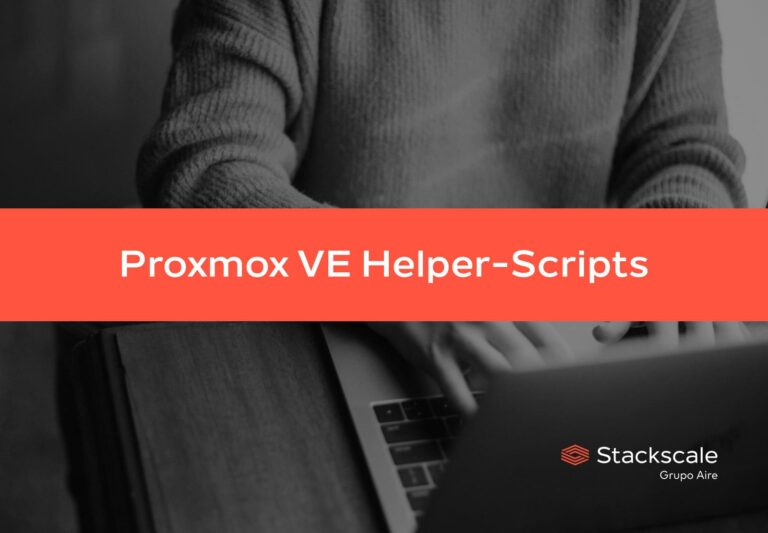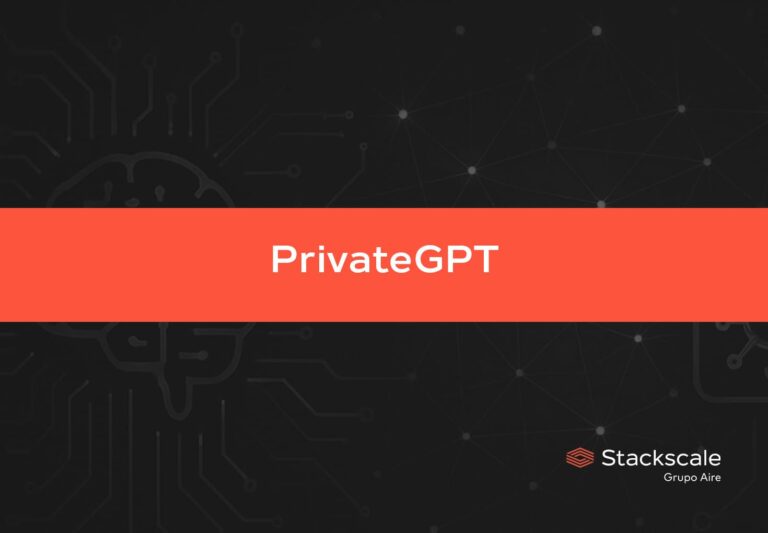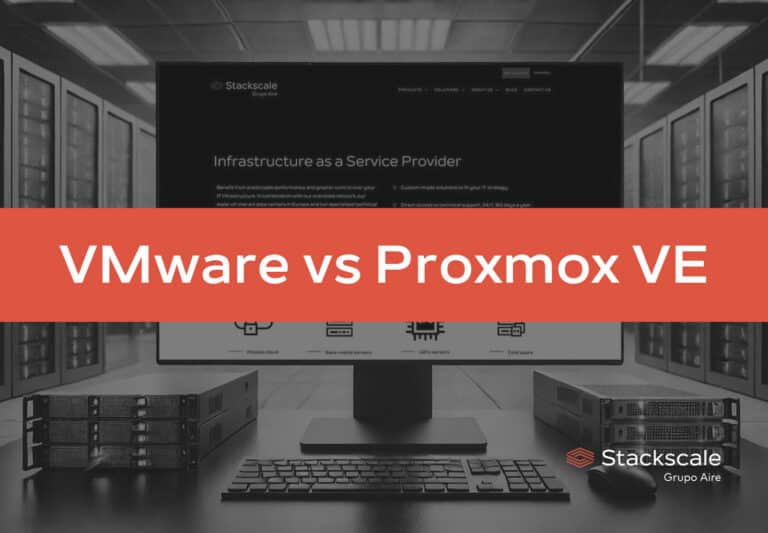Choosing a cloud provider is not an easy task, since there are many options available and analyzing all of them would be unfeasible. However, picking the right provider for your business is critical to long-term success. Therefore, to effectively meet your expectations and ensure a successful migration to the cloud, you need a clear strategy.
Each cloud service has its own benefits and strengths, so you need to make sure that the cloud service provider (CSP) you choose aligns with your goals. That is why it is important to define a checklist of your specific requirements and expectations in advance. This way, instead of checking a long list of requirements, you will go straight to the aspects you are really interested in.
Key aspects for choosing a cloud provider for your company
To make the process easier, we have created a quick cloud adoption guide. Let’s go through the main features you should take into consideration whilepreparing your checklist for selecting a cloud provider!
24/7/365 Support
Which in-house IT skills do you have? Will you need 24/7 support? Does the provider include 24/7 monitoring? Will you get direct and quick support? Will you need to go through a call center or chat for getting support?
The level of support differs considerably among cloud providers. While some IaaS providers give free, direct access to specialized support and act proactively in case of an incident, others offer more reactive support via a call center or just via email. Thus adding your technical support needs to the checklist is key to avoid surprises. Counting on an external specialized cloud support team allows you to leverage in-house IT resources for tasks that add more value to your organization. As well as 24/7 monitoring of all the provided services is an added value that will bring you peace of mind.
From our point of view, benefiting from system monitoring and direct access to technical support 24/7/365 is a must — that is why we offer it by default to our customers. Some providers charge for these services, so make sure you check support policies in advance; specially if you are migrating important business services.

Deployment and migration
Does the provider conduct migration tests? Will the project require a hot migration? What migration services are included by default?
As for technical support, deployment and migration requirements depend significantly on the IT skills you have internally. So, counting on an IaaS/cloud provider that supports you through the deployment and migration process can be advantageous in many cases. Although service providers often offer migration services and assistance to help customers through the process, it is not always the case. Other aspects to consider when planning your cloud migration strategy are, for instance, whether you will need to re-code or re-architect applications and whether the provider’s services support your business goals or not.
Performance and reliability
Which data and applications are you migrating to the cloud? Which level of performance do you expect from your service provider? Do all applications need constant high performance?
You need to define which level of performance your applications will require to avoid overprovisioning. Mission-critical applications, for instance, will demand a higher level of performance and minimum latency. This analysis will also help you find the balance between performance and budget. Moreover, while comparing your specific needs with the offering of different cloud providers, keep in mind the different cloud deployment models. Since you will not get the same performance and control over a shared cloud platform than over a dedicated cloud where all the computing resources are of exclusive use by your organization.
If necessary, ask providers about their service’s performance over the last 6-12 months, compared with their SLA, to have a clearer vision of their service’s reliability. Nevertheless, companies should not forget that perferfection does not exist and downtime is sometimes inevitable. Therefore, it is also important to know how a cloud service provider deals with that downtime. From our experience, monitoring, proactivity and transparency are essential on this matter.
Availability and HA
Which uptime do you expect from the service? Do all your applications require high-availability?
Make sure that locating your data in an off-premise (cloud) data center will not affect availability or create latency and bandwidth issues that can affect your environment’s performance. Leading cloud service providers guarantee 99,9% availability by SLA. So, availability should not be a problem when opting for a quality cloud service.
Security and regulatory compliance
Do you need to hold your data within a particular geographic area? Must you comply with specific industry regulations or standards? Do you operate within a highly regulated industry?
Migrating to the cloud means moving to a shared-responsibility model; your cloud provider will be responsible for the security of the cloud and you will also be responsible for the security in the cloud. Understanding this model is vital for ensuring the maximum security on your cloud environment. Furthermore, data protection and data sovereignty must also be a priority. Both your company and your cloud service provider should comply with the GDPR (General Data Protection Regulation) or any other specific legal framework, if necessary. Besides, data should be encrypted both at rest and in-transit. For highly regulated industries, Private Cloud environments are the most suitable choice for ensuring compliance and data protection.
Data centers’ location and security measures
Which security measures does the cloud provider include by default? Where are his data centers located and how secure are they?
Moreover, make sure the cloud provider’s data centers are certified, well located and implement strict security measures — on site 24/7 security staff and video surveillance, multilayer access control using biometric authentication, proximity cards and mantraps, VESDA, BMS monitoring, etc. In terms of physical security, IaaS providers that host their physical infrastructure in big, reference data centers guarantee the strictest levels of security.
Backup and Disaster Recovery
How is your Disaster Recovery plan (DRP)? Do you need to geo-replicate your data? Does the provider have a second distant data center for DR?
Disaster Recovery is a critical feature of any IT environment. So, when assessing different cloud providers, take into consideration certain features such as the distance between the primary data center and the data center where you keep your backups, and whether the provider includes data geo-replication by default or as an additional service. Moreover, check the provider’s ability to support your data preservation expectations, such as your RTO and RPO.
Budget
Last but not least, the budget is always a relevant aspect when switching from one IT solution to another. What performance do you expect from your cloud environment? How much are you willing to pay for the performance you expect? Will the new environment require integrating new talent to your IT team?
Flexibility and cost visibility are some of the main advantages of migrating to a cloud environment. However, security and performance should never be compromised. Therefore, it is important to compare features and costs in order to find the right balance for your business. For instance, while in Private Cloud environments, costs are generally predictable, in Public Cloud, they can easily become uncontrolled.

To avoid unexpected expenses, we recommend carefully assessing which services are included in the pricing and which services or features are available at an extra cost. Besides, check whether the cloud provider offers a simple billing and costs are predictable. A transparent and simple billing system helps keeping expenses under control.
Finally, while evaluating all these aspects for making an informed decision, we recommend you to compare cloud providers against your checklist of requirements instead of comparing providers. This way you will make sure the chosen IaaS provider really meets your needs.
It might seem like a long list of things to consider for choosing a cloud provider, but the benefits are worth it. By choosing a cloud solution adapted to your organization needs, you will make the most of the cloud advantages and you will avoid issues in the long term. If you are considering different cloud providers, our cloud experts can help you with a custom-made quote, free of charge.




